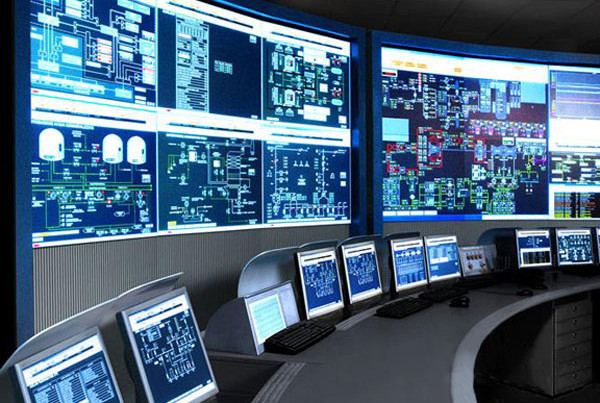The drive to become more efficient and cost-effective in the oil patch has led the industry into a new digital age where machine learning can help predict when equipment may fail based on historical data and robots are capable of tackling routine or repetitive tasks.
But what does that mean for today’s human workforce as focus intensifies on digital technology innovation?
Several people attending the American Energy Society’s Digital Oilfield event recently in Houston wanted to know whether there would still be a place for roughnecks and mud guys in the emerging digital world. Someone asked, “Are roughnecks being replaced by 25-year-old software engineers?”
Panelists seemed to agree that workers will still be needed in oil and gas fields, although some roles may change in the future—if they haven’t already.
“The more jewelry we put on the wells and pads out there, we’re going to have people that are making sure the sensors are working and the communication is working—the whole nine yards,” said Jim Claunch, vice president of operational excellence for Statoil. “We are also looking at broader skillsets for those people.” That, he added, is a good thing.
Certain technologies may mean fewer workers are needed in areas such as those involving repetitive or simpler tasks. Robotic vehicles are being used offshore to inspect and make minor subsea repairs; drones are being used to inspect pipelines; and other midstream infrastructure and rigs are becoming more automated. National Oilwell Varco’s Iron Roughneck, for example, automates the task of connecting drillpipe, reducing the number of roustabouts needed for the job. In some cases, the Iron Roughneck can be operated from a driller’s cabin without the need of human personnel.
To read the full story click here
